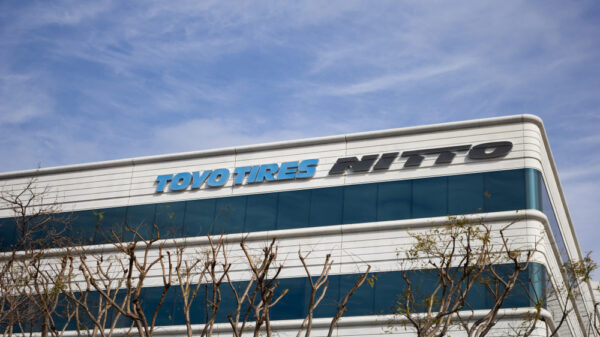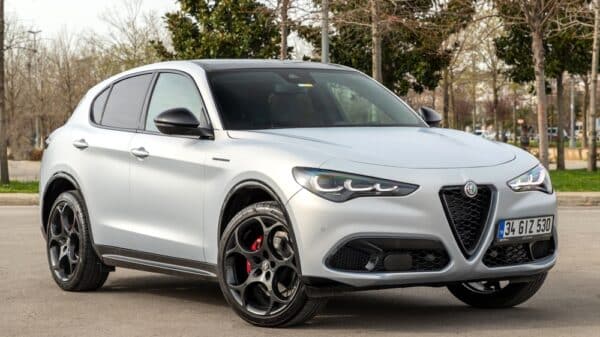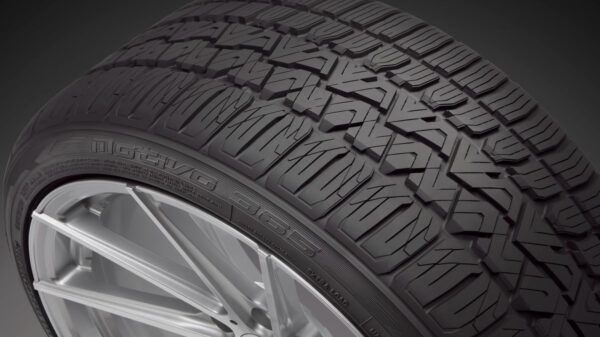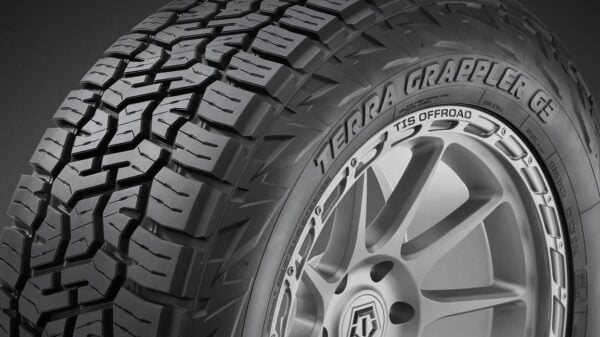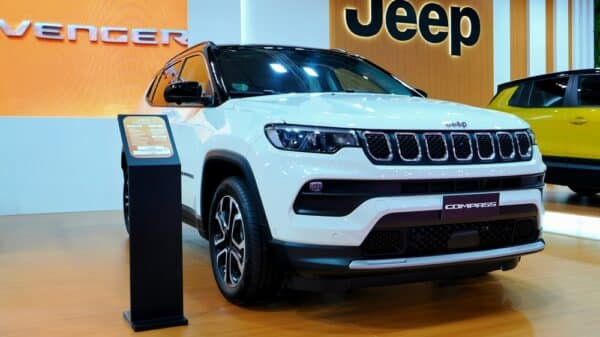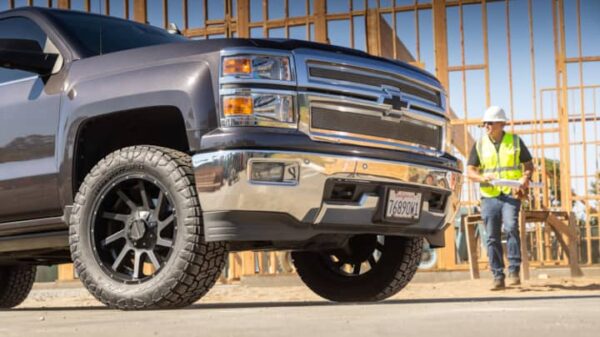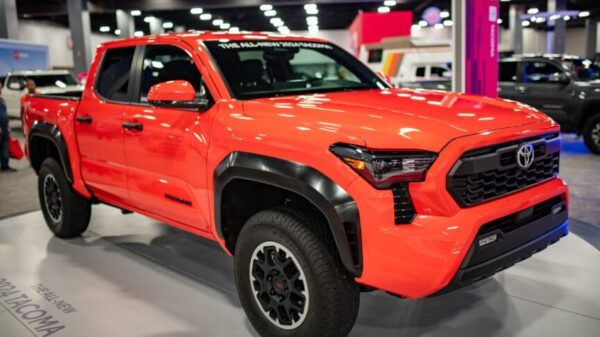As the compact SUV market in Europe continues to thrive, Stellantis has adopted a multi-brand strategy that allows several of its brands to present mechanically similar vehicles tailored to various consumer preferences. This innovative approach aims to attract diverse buyers while keeping production expenditures manageable.
Among the new entries are the Jeep Compass, which will soon make its debut in the US, alongside European models like the Citroen C5 Aircross, Opel Grandland, and Peugeot’s 3008 and 5008. While these SUVs aren’t arriving on American soil, they all target competing segments dominated by giants like the Toyota RAV4 and Honda CR-V.
The latest challenger to join this crowded arena is the redesigned 2026 Citroen C5 Aircross, which has recently started arriving at dealerships. Having driven the previous model for several years, I was eager to compare the new version’s advancements.
QUICK FACTS
Immediate observations suggest the new Citroen C5 Aircross presents a more assertive on-road presence with a revised design that is a considerable departure from its predecessor. Dimensions have increased—by 150 mm (5.9 inches) in length and 60 mm (2.4 inches) in the wheelbase—enhancing its proportions and stance.
The redesigned front features wider, more aggressive styling, characterized by angular headlights and a streamlined bumper design that effectively utilizes negative space. The sculpted profile is less curvaceous than before, reflecting a modern aesthetic while maintaining practicality.
Inside, the C5 Aircross exhibits a lounge-like atmosphere, starting with the prominent 13-inch “Waterfall” infotainment display—the largest ever in a Stellantis vehicle. While its size may feel excessive, its incorporation into the dashboard design remains a talking point. Fortunately, Citroen didn’t overlook user interface functionality, retaining a physical volume knob and shortcut buttons for ease of navigation.
The 10-inch digital instrument cluster is paired with a head-up display in higher trims, which is a welcome addition for maintaining focus on the road. Though the steering wheel is smaller than past generations, it incorporates modern controls and paddle shifters, moving away from outdated stalk designs. Storage solutions have also seen enhancements with an innovative shelf for USB-C ports and cup holders, promoting a tidier cabin environment.
A standout feature of the interior is the seating. Citroen emphasizes comfort with plush materials that enhance the overall driving experience, particularly during long journeys. Despite the absence of the previous model’s sliding rear seats, the new layout gives the impression of more space and improved legroom, making it a family-friendly choice.
The boot space has also expanded, now offering 651 liters (23 cubic feet) of capacity, an advantage for families needing more storage. While the previous model’s boot could range from 580 to 720 liters depending on rear-seat positioning, this new design prioritizes consistent usage.
Driving the new C5 Aircross reveals its focus on comfort rather than sporting performance. The softer suspension effectively absorbs road imperfections, even over rough terrain, reinforcing its position as a leader in ride quality within the compact SUV segment. While cornering does induce some body roll, it remains manageable and in line with expectations for a vehicle tailored for relaxed driving.
However, the steering feedback lacks the precision often desired by enthusiastic drivers, making it feel detached and less engaging. This detachment becomes apparent when compared to the previous model, which, though not sporty, offered a more connected feel. Performance from the mild-hybrid 1.2-liter engine can be disappointing as well, with acceleration figures that fall short of expectations, especially when compared to the older diesel versions.
Pricing for the 2026 Citroen C5 Aircross in Greece starts at approximately €29,900 ($34,600). This positions it slightly higher than its diesel predecessors, which are becoming less common. Electric models begin at €37,900 ($43,900), while the plug-in hybrid starts around €44,900 ($52,000). Even the base trim is well-equipped, showcasing Citroen’s commitment to providing value across its offerings.
Competing in a highly contentious market segment, the new Citroen C5 Aircross aims to capture buyers looking for comfort, space, and unique styling. While it may not entice those seeking an engaging drive, its impressive practicality and comfort could be the key factors influencing potential buyers.
In summary, the 2026 Citroen C5 Aircross remains true to its heritage, blending modern aesthetics with updated technology and spaciousness. Although it leans heavily into comfort over performance, it successfully appeals to families and individuals seeking a versatile, stylish, and accommodating vehicle in the compact SUV landscape.




